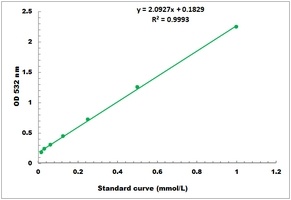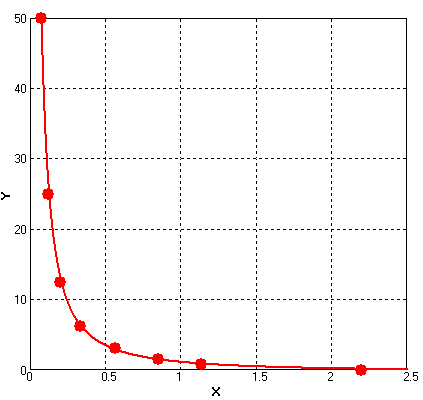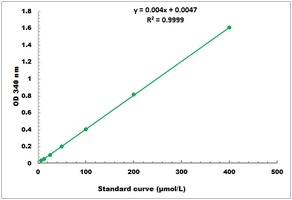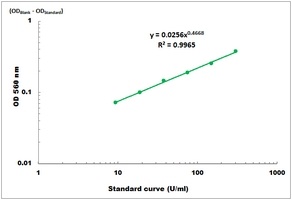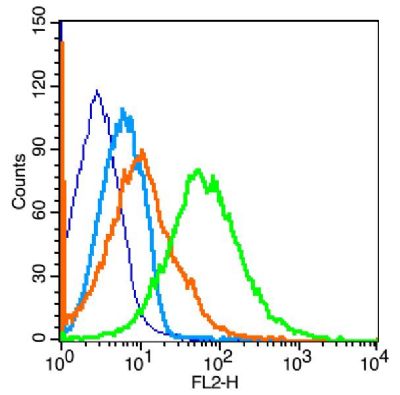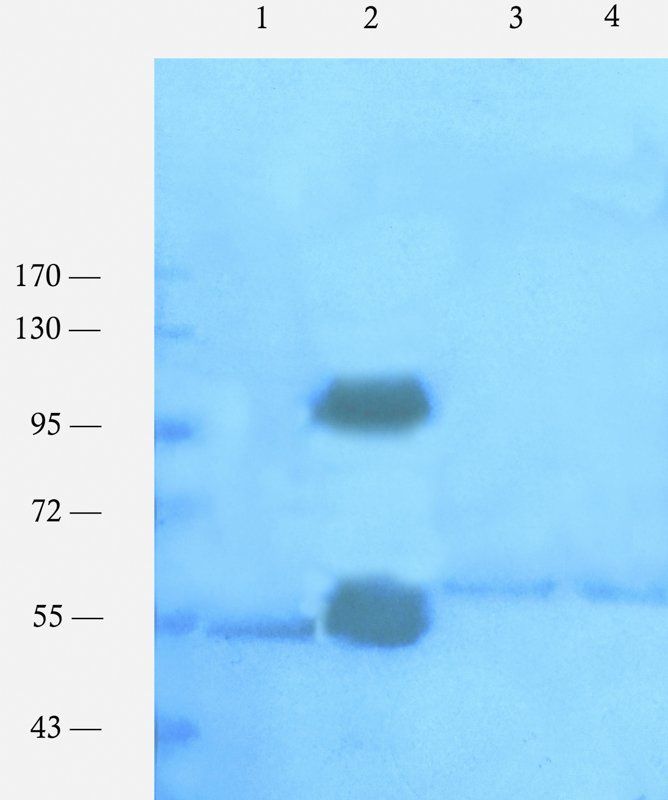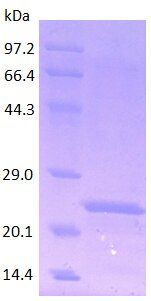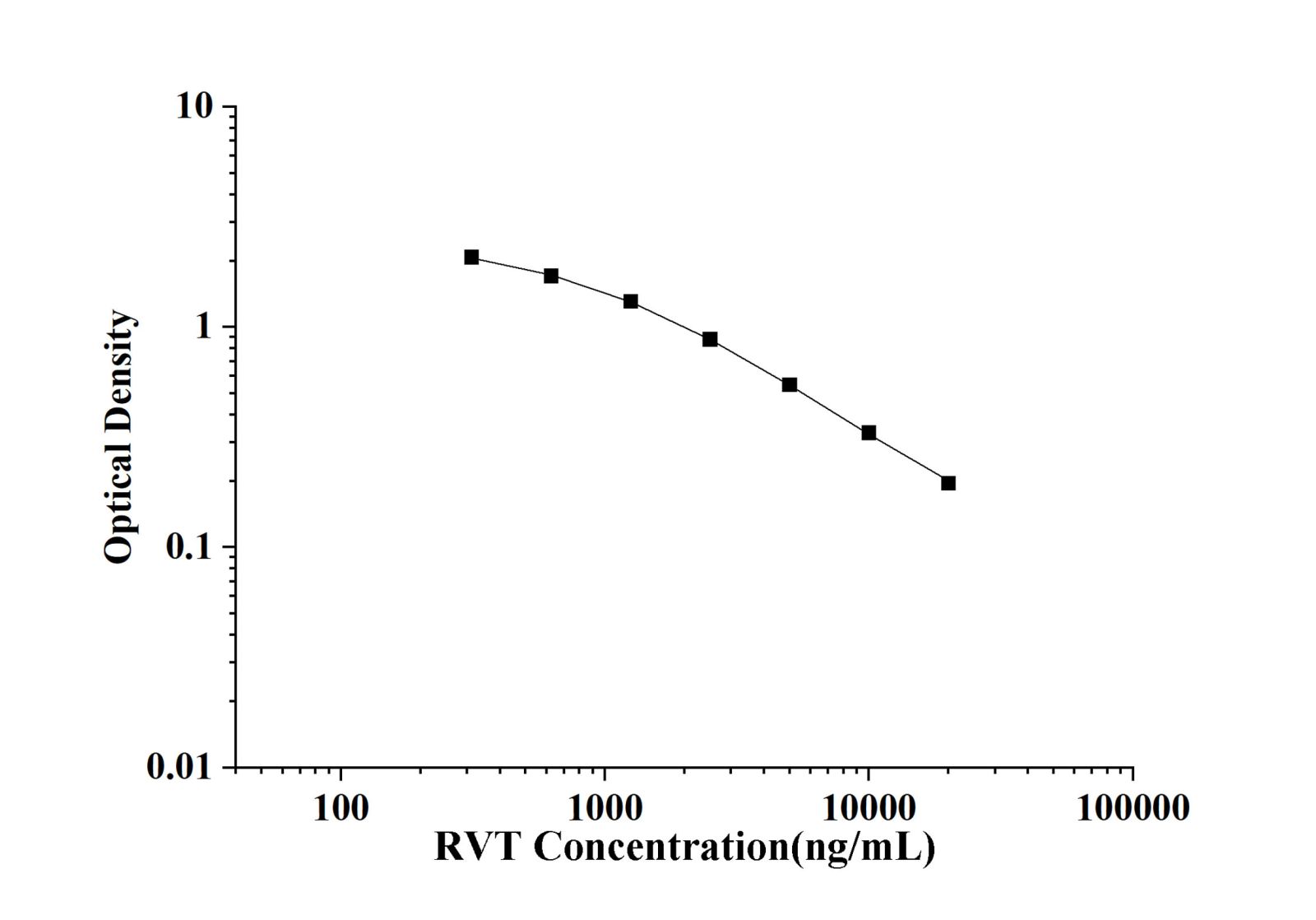You have no items in your shopping cart.
Oxidative stress is a crucial factor in various physiological and pathological processes, including ageing, cancer, neurodegenerative diseases, and cardiovascular disorders. In biotechnology and biomedical research, the study of oxidative stress markers is vital for understanding these processes and developing therapeutic strategies. Oxidative stress occurs when there is an imbalance between the production of reactive oxygen species (ROS) and the body's ability to detoxify them, leading to cellular damage. To measure and analyze oxidative stress, researchers rely on a range of biomarkers such as malondialdehyde (MDA), 8-hydroxy-2'-deoxyguanosine (8-OHdG), and protein carbonyls.
Products for Research in Oxidative Stress Markers
Malondialdehyde
A widely recognized marker of lipid peroxidation. An increase in free oxygen radicals can cause excessive lipid peroxidation, causing oxygen damage in tissues
8-OHdG (8-hydroxy-2'-deoxyguanosine)
A marker of oxidative DNA damage.
Glutathione
A critical antioxidant that protects cells from oxidative damage.
Superoxide Dismutase (SOD)
An enzyme that catalyzes the dismutation of superoxide radicals into oxygen and hydrogen peroxide.
Heme oxygenase-1 (HO-1)
An enzyme that plays a protective role in oxidative stress by degrading heme into biliverdin, carbon monoxide, and free iron.
Nuclear factor erythroid 2-related factor 2 (Nrf2)
A key transcription factor that regulates the expression of antioxidant proteins that protect against oxidative damage triggered by injury and inflammation.
Thioredoxin (TRX) Protein
A small redox protein that plays a crucial role in reducing oxidative stress within cells by facilitating the reduction of other proteins.
Resveratrol
This small molecule is known for its antioxidant properties and has been extensively studied for its potential benefits in ageing, cancer, and cardiovascular research.
By incorporating these advanced tools into your research, you can significantly enhance the accuracy and reliability of your oxidative stress studies. Whether you are investigating the role of oxidative stress in disease pathogenesis or exploring potential therapeutic interventions, our range of ELISA kits, assay kits, antibodies, proteins, and small molecules provides you with the essential resources needed to achieve your research goals.

.png)
